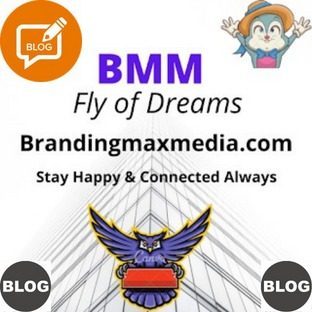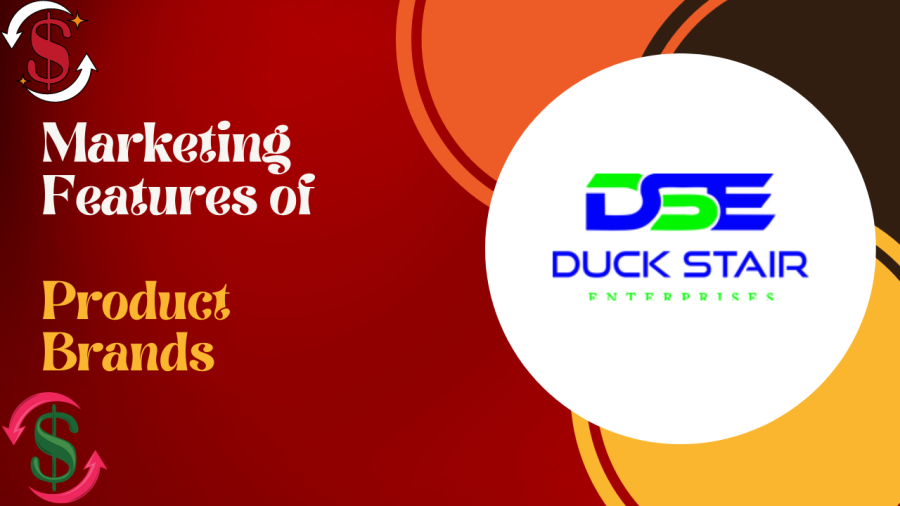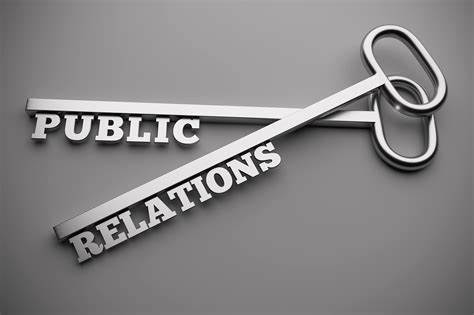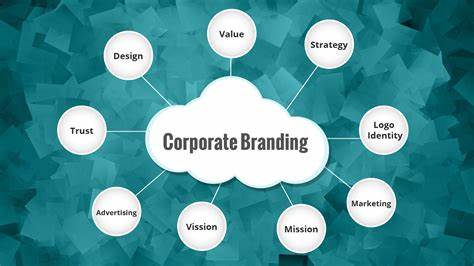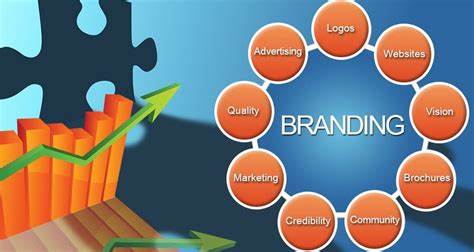Marketing Features of Product Brands
Marketing features of product brands can vary widely depending on the specific product and industry. However, there are some common marketing features that many successful product brands focus on:
Unique Value Proposition:
Effective product brands clearly communicate their unique value proposition, highlighting what sets their product apart from competitors. This can include features, benefits, or qualities that make the product desirable.
Brand Identity:
A strong brand identity includes a memorable logo, consistent colour schemes, and a clear visual style. This helps consumers recognize and remember the brand.
Quality and Reliability:
Brands often emphasise the quality and reliability of their products to build trust with customers. Product performance and durability are key
Selling points.
Target Audience: Successful brands identify their target audience and tailor their marketing messages and strategies to resonate with this specific group of
Customers.
Emotional Appeal: Many product brands use emotional storytelling and messaging to create a connection with customers. This can include inspiring, heartwarming, or relatable stories that evoke feelings.
Competitive Pricing:
Pricing strategies can be a significant marketing feature. Brands may position their products as premium, budget-friendly, or offer a range of pricing options to appeal to different customer segments.
Promotional Campaigns:
Effective brands run marketing campaigns that generate buzz and interest. This can incorporate on the web and disconnected publicising, virtual entertainment advancements, force to be reckoned with organisations, and the sky’s the limit from there.
Item Bundling:
Bundling configuration is a fundamental promoting highlight, as it’s the main thing clients see. Eye-getting and enlightening bundling can drive deals.
Client Surveys and Tributes:
Empowering and exhibiting positive client audits and tributes can construct trust and validity for the brand.
Client care and Administration:
Brands that offer phenomenal client service and administration can separate themselves on the lookout and hold faithful clients.
Supportability and Moral Practices:
In the present market, marks that accentuate maintainable and moral practices, for example, eco-accommodating materials or fair work rehearses, can draw in naturally and socially cognizant purchasers.
Item Development:
Continually improving and enhancing items can keep a brand important and energising according to clients.
Circulation Channels:
A distinct conveyance system guarantees items are promptly accessible to clients, whether through actual stores, online retailers, or different channels.
Faithfulness Projects:
Compensating steadfast clients with limits, selective offers, or dependability focuses can assist with building major areas of strength for a base.
Content Advertising:
Making important substance, for example, blog entries, recordings, and web-based entertainment updates can connect with and instruct clients while advancing the brand.
Associations and Joint efforts:
Brands might collaborate with different organisations or powerhouses to extend their venture and tap into new client bases.
These advertising elements can fluctuate in significance relying upon the item, interest group, and economic situations. Fruitful item marks frequently join a few of these elements to make a convincing and viable promoting system.

